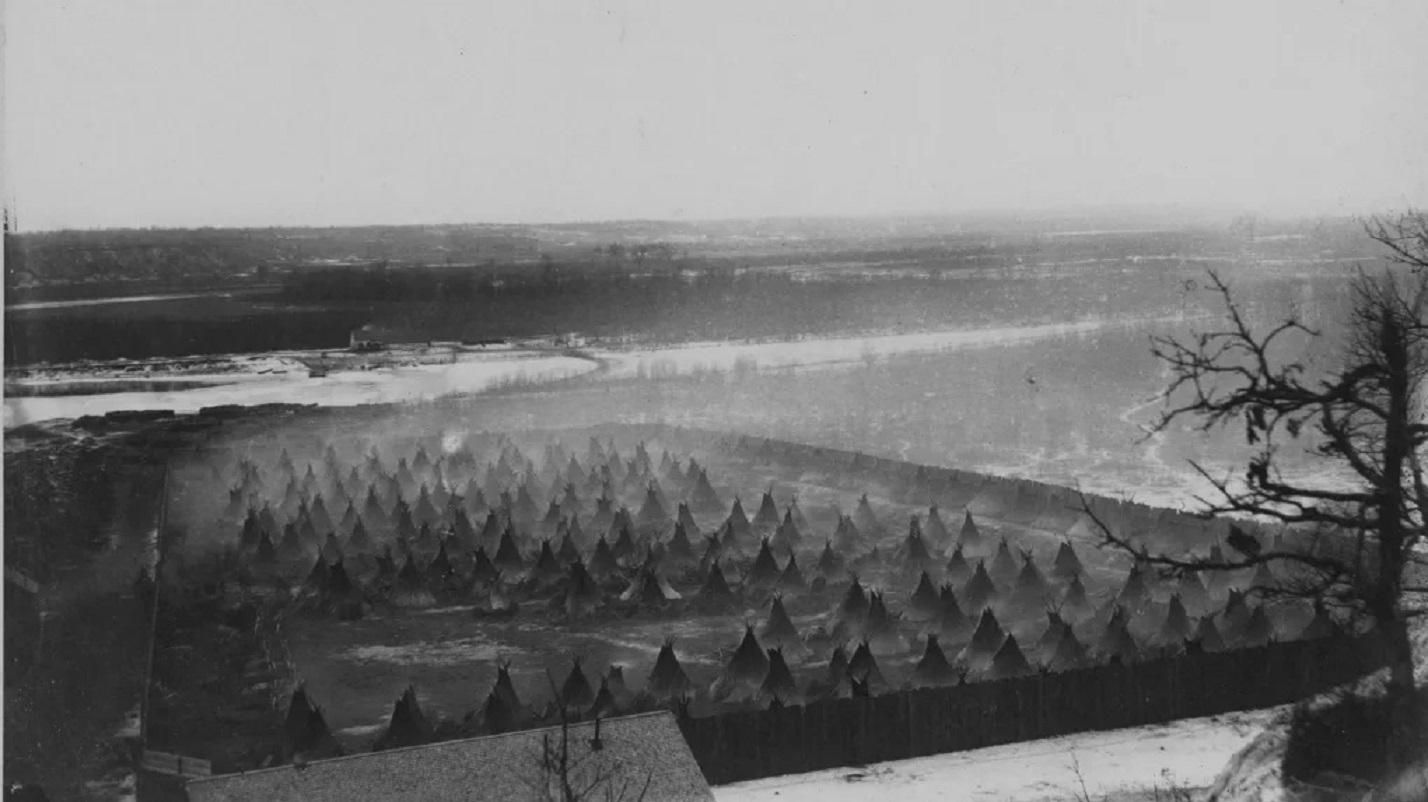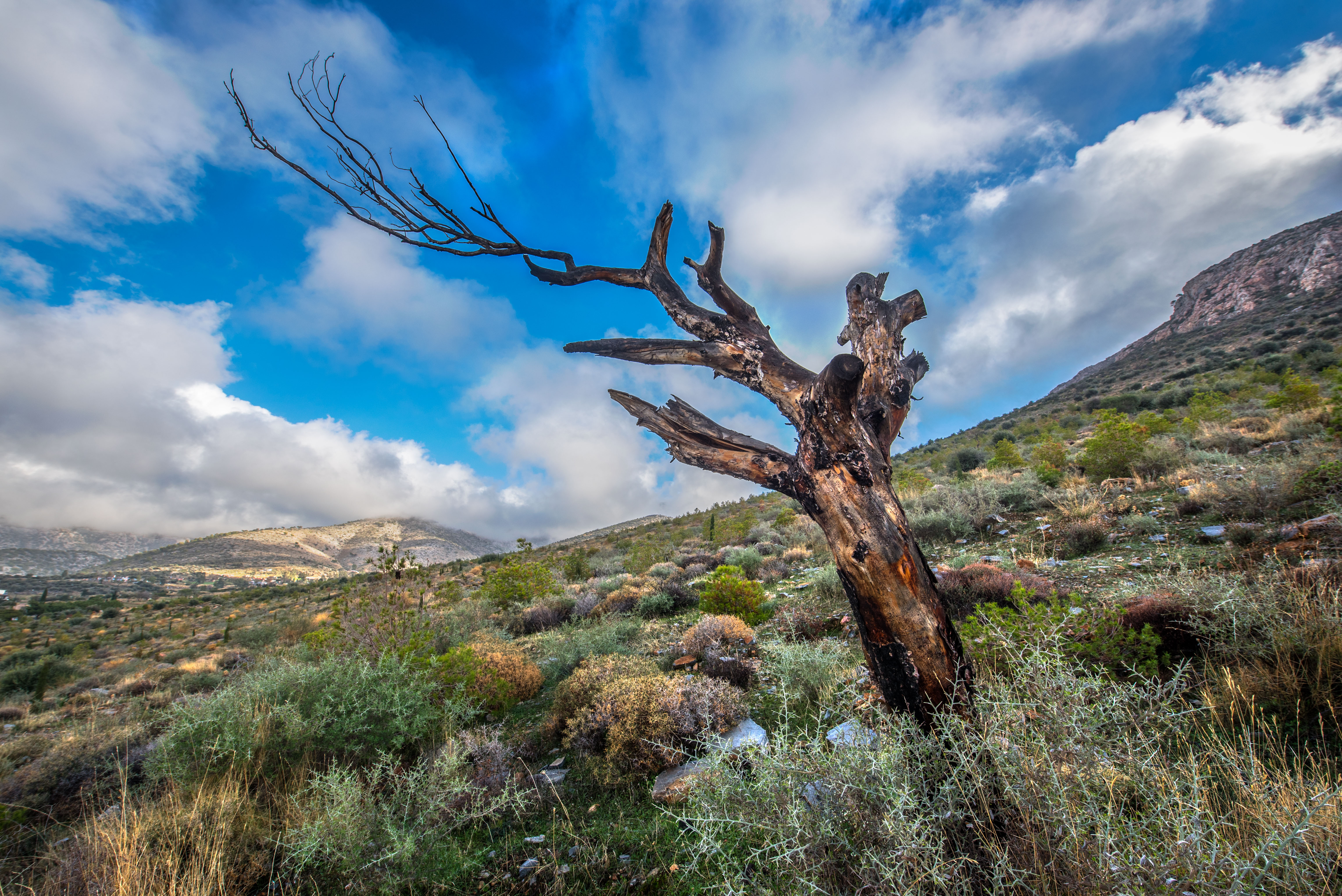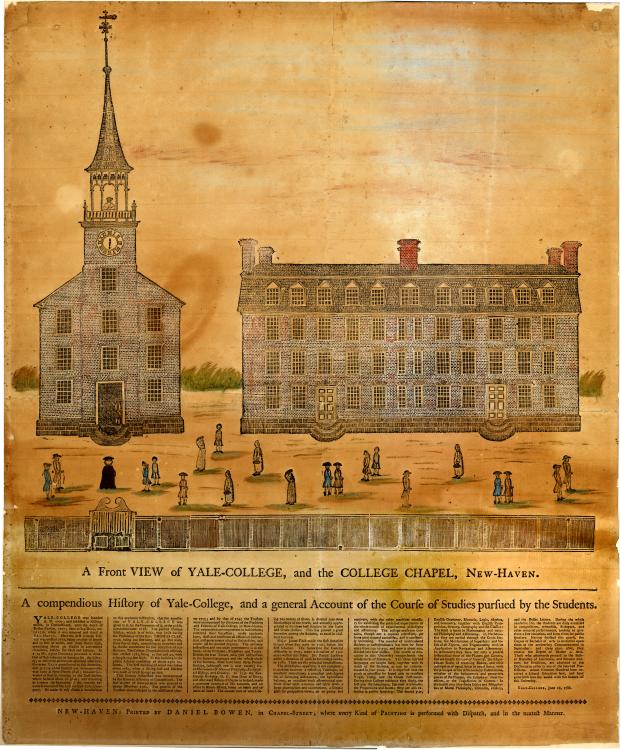|
Carl Blegen
Carl William Blegen (January 27, 1887 – August 24, 1971) was an American archaeologist who worked at the site of Pylos in Greece and Troy in modern-day Turkey. He directed the University of Cincinnati excavations of the mound of Hisarlik, the site of Troy, from 1932 to 1938. Background Blegen was born in Minneapolis, Minnesota, the eldest of six children born to Anna Regine and John H. Blegen, both of whom had emigrated from Lillehammer, Norway. His younger brother was the historian Theodore C. Blegen. His father was a professor at Augsburg College in Minneapolis for more than 30 years and played a major role in the Norwegian Lutheran Church in America. Blegen earned his bachelor's degree from the University of Minnesota in 1904 and started graduate studies at Yale University in 1907. Career In Greece, he was a fellow at the American School of Classical Studies at Athens between 1911 and 1913, during which time he worked on excavations at Locris, Corinth and Korakou (Corin ... [...More Info...] [...Related Items...] OR: [Wikipedia] [Google] [Baidu] |
Minneapolis
Minneapolis is a city in Hennepin County, Minnesota, United States, and its county seat. With a population of 429,954 as of the 2020 United States census, 2020 census, it is the state's List of cities in Minnesota, most populous city. Located in the state's center near the eastern border, it occupies both banks of the Upper Mississippi River and adjoins Saint Paul, Minnesota, Saint Paul, the state capital of Minnesota. Minneapolis, Saint Paul, and the surrounding area are collectively known as the Minneapolis–Saint Paul, Twin Cities, a metropolitan area with 3.69 million residents. Minneapolis is built on an artesian aquifer on flat terrain and is known for cold, snowy winters and hot, humid summers. Nicknamed the "City of Lakes", Minneapolis is abundant in water, with list of lakes in Minneapolis, thirteen lakes, wetlands, the Mississippi River, creeks, and waterfalls. The city's public park system is connected by the Grand Rounds National Scenic Byway. Dakota people orig ... [...More Info...] [...Related Items...] OR: [Wikipedia] [Google] [Baidu] |
University Of Minnesota
The University of Minnesota Twin Cities (historically known as University of Minnesota) is a public university, public Land-grant university, land-grant research university in the Minneapolis–Saint Paul, Twin Cities of Minneapolis and Saint Paul, Minnesota, United States. It is the Flagship#Colleges and universities in the United States, flagship institution of the University of Minnesota System and is organized into 19 colleges, schools, and other major academic units. The Twin Cities campus is the oldest and largest in the University of Minnesota system and has the List of United States university campuses by enrollment, ninth-largest (as of the 2022–2023 academic year) main campus student body in the United States, with 54,890 students at the start of the 2023–24 academic year. The campus comprises locations in Minneapolis and Falcon Heights, Minnesota, Falcon Heights, a suburb of St. Paul, approximately apart. The Minnesota Territorial Legislature drafted a charter ... [...More Info...] [...Related Items...] OR: [Wikipedia] [Google] [Baidu] |
Palace Of Nestor
The Palace of Nestor (Modern Greek: Ανάκτορο του Νέστορα) was an important centre in Mycenaean times, and described in Homer's ''Odyssey'' and ''Iliad'' as Nestor's kingdom of "sandy Pylos". The palace featured in the story of the Trojan War, as Homer tells us that Telemachus: went to Pylos and to Nestor, the shepherd of the people, and he received me in his lofty house and gave me kindly welcome, as a father might his own son who after a long time had newly come from afar: even so kindly he tended me with his glorious sons. The site is the best preserved Mycenaean Greek palace discovered. The palace is the primary structure within a larger Late Helladic era settlement, once probably surrounded by a fortified wall. The palace was a two-storey building with store rooms, workshops, baths, light wells, reception rooms and a sewage system. The settlement had been long occupied with most artifacts discovered dating from 1300 BC. The palace complex was destroyed by ... [...More Info...] [...Related Items...] OR: [Wikipedia] [Google] [Baidu] |
Hymettus
Hymettus (), also Hymettos (; ; ), is a mountain range in the Athens area of Attica, East Central Greece. It is also colloquially known as ''Trellós'' (crazy) or ''Trellóvouno'' (crazy mountain); the latter originates from the French "très long" (very long) in awe of its winding length of 16 km, as used by French travelers during the occupation of Greece by the Ottomans. Hymettus was assigned the status of a protected area in the EU's Natura 2000 ecological network. Geography The highest point of the mountain range is Evzonas (Εύζωνας) with an elevation of . The length of Hymettus stretches from Athens to the Saronic Gulf. It is 6 to 7 km from east to west. In ancient times, the highest point was known as Megas Hymettos and the southern peaks as Elasson (Ἐλάσσων "lesser, smaller") and Anydros Hymettos (Ἄνυδρος Ὑμηττός, "waterless Hymettos"). Today the southern peaks are called Mavrovouni (Μαυροβούνι, "black mountain") ... [...More Info...] [...Related Items...] OR: [Wikipedia] [Google] [Baidu] |
Prosymna
Prosymna () was a town in ancient Argolis, in whose territory the celebrated Heraion of Argos, Heraeum, or temple of Hera, stood. Statius gives it the epithet "celsa." Pausanias (geographer), Pausanias mentions only a district of this name. According to Greek mythology, its name derives from a daughter of Asterion (god), Asterion called Prosymna (mythology), Prosymna who, together with her sisters Acraea and Euboea (mythology), Euboea, were wet-nurses of Hera. Archaeology The place was inhabited since the Neolithic Greece, Neolithic period. In 1878, the area of ancient Prosymna, Panagiotis Stamatakis found a beehive tomb that was built in the Mycenaean Greece, Mycenaean epoch and that was also reused in later periods. Archaeological investigations continued under the auspices of the Swedish Institute at Athens in the 1930s and then during the 1980s and 1990s that found two settlement areas on two different sides of the Mastos hill slope, belonging to the Early and Late Helladic chr ... [...More Info...] [...Related Items...] OR: [Wikipedia] [Google] [Baidu] |
Phlius
Phlius (; ) or Phleius () was an independent polis (city-state) in the northeastern part of Peloponnesus. Phlius' territory, called Phliasia (), was bounded on the north by Sicyonia, on the west by Arcadia, on the east by Cleonae, and on the south by Argolis. This territory is a small valley about above the level of the sea, surrounded by mountains, from which streams flow down on every side, joining the river Asopus in the middle of the plain. The mountain in the southern part of the plain, from which the principal source of the Asopus springs, was called Carneates (Καρνεάτης). The territory of Phlius was celebrated in antiquity for its wine. According to Strabo, the ancient capital of the country was Araethyrea (Ἀραιθυρέα) on Mt. Celosse, which city is mentioned by Homer; but the inhabitants subsequently deserted it and built Phlius at the distance of 30 stadia. Pausanias, however, does not speak of any migration, but says that the ancient capital w ... [...More Info...] [...Related Items...] OR: [Wikipedia] [Google] [Baidu] |
Yale
Yale University is a private Ivy League research university in New Haven, Connecticut, United States. Founded in 1701, Yale is the third-oldest institution of higher education in the United States, and one of the nine colonial colleges chartered before the American Revolution. Yale was established as the Collegiate School in 1701 by Congregationalist clergy of the Connecticut Colony. Originally restricted to instructing ministers in theology and sacred languages, the school's curriculum expanded, incorporating humanities and sciences by the time of the American Revolution. In the 19th century, the college expanded into graduate and professional instruction, awarding the first PhD in the United States in 1861 and organizing as a university in 1887. Yale's faculty and student populations grew rapidly after 1890 due to the expansion of the physical campus and its scientific research programs. Yale is organized into fifteen constituent schools, including the original under ... [...More Info...] [...Related Items...] OR: [Wikipedia] [Google] [Baidu] |
Order Of The Redeemer
The Order of the Redeemer (), also known as the Order of the Saviour, is an order of merit of Greece. The Order of the Redeemer is the oldest and highest decoration awarded by the modern Greek state. Establishment The establishment of the Order of the Redeemer was decided by the Fourth National Assembly at Argos in 1829, during the final year of the Greek War of Independence. The decision was not immediately implemented, however, and the relevant decree was signed in Nafplio by the Regency Council ( Josef Ludwig von Armansperg, Karl von Abel and Georg Ludwig von Maurer) in the name of King Otto on May 20, 1833. According to the decree of establishment, the name of the Order "shall recall the, by divine assistance miraculously and fortuitously accomplished, salvation of Greece". Grades and award criteria Since its establishment in 1833, and in common with all Greek orders of merit, the Order of the Redeemer has five classes: * ''Grand Cross'' () – wears the badge of the ... [...More Info...] [...Related Items...] OR: [Wikipedia] [Google] [Baidu] |
World War I
World War I or the First World War (28 July 1914 – 11 November 1918), also known as the Great War, was a World war, global conflict between two coalitions: the Allies of World War I, Allies (or Entente) and the Central Powers. Fighting took place mainly in European theatre of World War I, Europe and the Middle Eastern theatre of World War I, Middle East, as well as in parts of African theatre of World War I, Africa and the Asian and Pacific theatre of World War I, Asia-Pacific, and in Europe was characterised by trench warfare; the widespread use of Artillery of World War I, artillery, machine guns, and Chemical weapons in World War I, chemical weapons (gas); and the introductions of Tanks in World War I, tanks and Aviation in World War I, aircraft. World War I was one of the List of wars by death toll, deadliest conflicts in history, resulting in an estimated World War I casualties, 10 million military dead and more than 20 million wounded, plus some 10 million civilian de ... [...More Info...] [...Related Items...] OR: [Wikipedia] [Google] [Baidu] |
Korakou (Corinthia)
The Korakou culture or Early Helladic II (in some schemes Early Helladic IIA) was an early phase of Bronze Age Greece, in the Early Helladic period, lasting from around 2650 to BC. In the Helladic chronology it was preceded by the Eutresis culture of BC (also called Early Helladic I) and followed by the Tiryns culture (2,200–2,000BC) or Early Helladic III. In some parts of Greece a Lefkandi culture, or Early Helladic IIB, follows the Korakou; elsewhere the Korakou transitions directly into the Tiryns. Remains of the culture have been excavated widely across south and central mainland Greece, in the Peloponnese, Attica, Euboea, Boeotia, Phocis, and Locris. Examples of Korakou pottery have been found still more widely, as far as Knossos in Crete, Lefkas in the west, Thessaly, and on Ios and Keos in the Cyclades. Many coastal sites were fortified, and in several areas the period ends with a destruction by burning; some settlements are reoccupied by the Tiryns culture, while many ... [...More Info...] [...Related Items...] OR: [Wikipedia] [Google] [Baidu] |
Corinth
Corinth ( ; , ) is a municipality in Corinthia in Greece. The successor to the ancient Corinth, ancient city of Corinth, it is a former municipality in Corinthia, Peloponnese (region), Peloponnese, which is located in south-central Greece. Since the 2011 local government reform, it has been part of the Corinth (municipality), municipality of Corinth, of which it is the seat and a municipal unit. It is the capital of Corinthia. It was founded as Nea Korinthos (), or New Corinth, in 1858 after an earthquake destroyed the existing settlement of Corinth, which had developed in and around the site of the ancient city. History Corinth derives its name from Ancient Corinth, a city-state of antiquity. The site was occupied from before 3000 BC. Ancient Greece Historical references begin with the early 8th century BC, when ancient Corinth began to develop as a commercial center. Between the 8th and 7th centuries, the Bacchiad family ruled Corinth. Cypselus overthrew the Bacchiad f ... [...More Info...] [...Related Items...] OR: [Wikipedia] [Google] [Baidu] |






